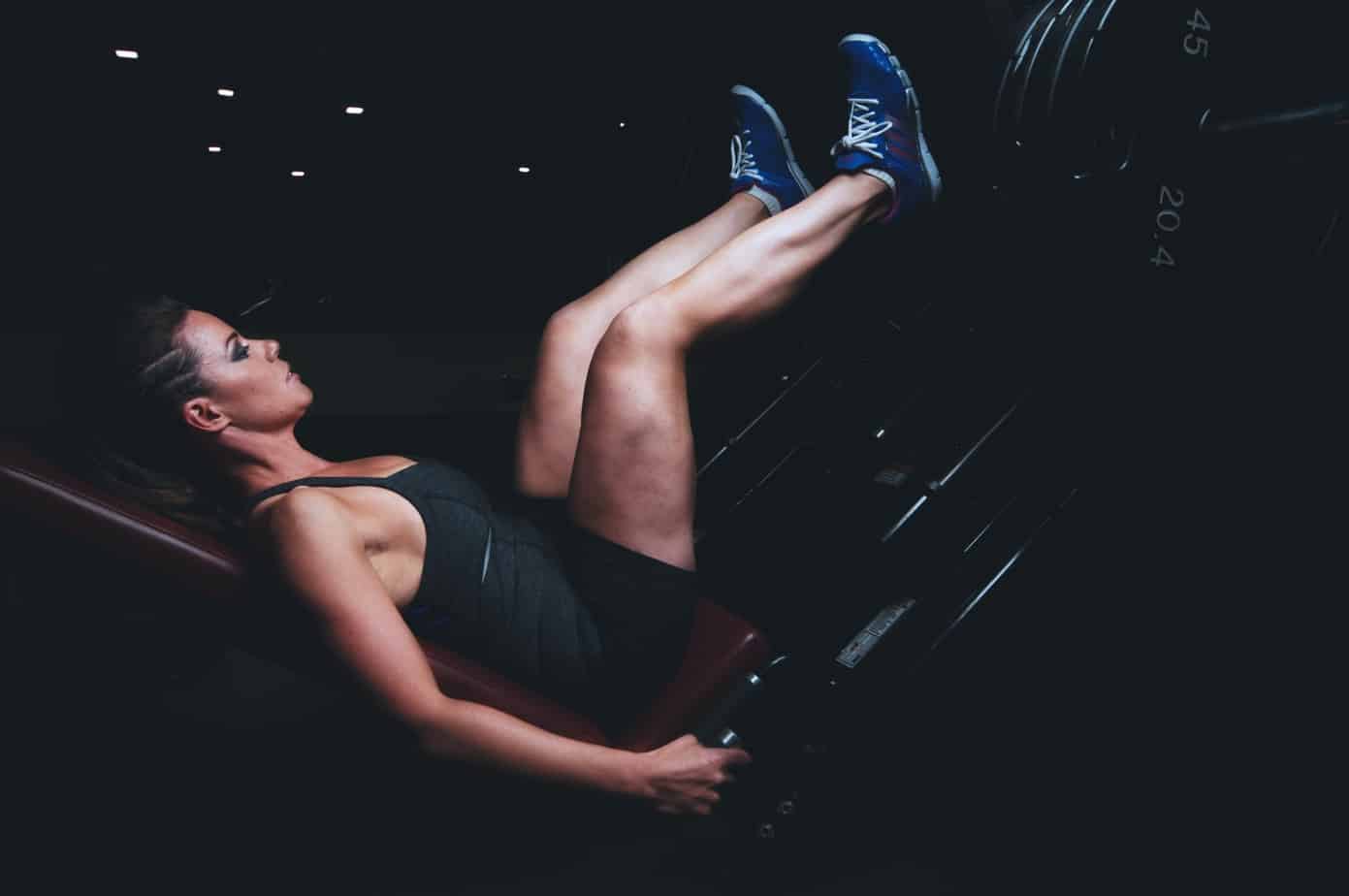Accentuated eccentric training for the muscles & tendons of the knee
Your weekly research review
- Background & Objective
- What They Did
- What They Found
- Practical Takeaways
- Reviewer’s Comments
- About the Reviewer
- Comments

Original study
Walker, S., Trezise, J., Haff, G.G. et al. Increased fascicle length but not patellar tendon stiffness after accentuated eccentric-load strength training in already-trained men. Eur J Appl Physiol 120, 2371–2382 (2020). https://doi.org/10.1007/s00421-020-04462-x
Click here for abstract
Background & Objective
Eccentric strength training has been thought to provide many benefits to an athlete, such as increases in strength and power output, as well as increased muscle fascicle length and tendon stiffness. As a result, eccentric training has been a staple in many injury prevention programmes. The purpose of this study was to compare traditional strength training to accentuated eccentric strength training on muscle-tendon properties.
What They Did
Twenty-eight men were divided into three groups and participated in a 10-week strength-training programme twice per week. The traditional strength group (TRAD) used the same external load for both eccentric and concentric phases throughout the programme, whereas the accentuated eccentric loading group (AEL) performed strength training with an additional load during the eccentric phase of each repetition (eccentric load = concentric load + 40%). The control group (CON) continued with their normal strength training without supervision. The first training session consisted of 3 sets x 6-RM loads and the second consisted of 10-RM loads, within the bilateral leg press, unilateral knee extension, and bilateral knee flexion exercises. Preand post-training included the determination of fascicle length of the vastus lateralis (VL) and vastus medialis (VM), in addition to patellar tendon stiffness.
What They Found
⇒ Significant training-induced increases occurred in maximum unilateral concentric, eccentric, and isometric torques in the AEL group.
⇒ The TRAD group showed significant increases in maximum concentric and isometric torque.⇒ No changes for any measure were observed in the CON group.
⇒ Only the AEL group showed significant increases in fascicle length after the training period (VL: ~14% increase, VM: ~19% increase).
⇒ No significant changes were observed for patellar tendon stiffness in either exercise group.
[optin-monster-shortcode id=”jyyw4xzrpuivfz8gggx4″]
Practical Takeaways
⇒ Physical therapists and S&C coaches should prescribe higher load eccentric exercises like the Nordic hamstring and reverse Nordic hamstring exercises due to their ability to evoke greater fascicle lengths and target a greater cross-sectional area which is important for injury prevention.
⇒ In order to produce changes in tendon properties in the trained population, eccentric loading may not be sufficient enough and other contraction types including concentric and isometric training should be incorporated.
⇒ Placing focus on the training load which is the cumulative amount of exercise and can be measured by duration and intensity may yield more of an impact on muscle-tendon properties rather than training volume and work.
Reviewer’s Comments
“In my experience when working with athletes who have soft tissue injuries, once the pain disappears and their range of motion and general movement
capacity is restored, the goal is to challenge the athlete with exercises that have a lengthened range of motion that most resemble their sport. This can be done through triphasic training with an emphasis on eccentrics. The results of this study though did not show significant increases in patellar tendon stiffness during either intervention group. Future studies should look at changes in tendon stiffness during other modes of exercise like stretching and plyometrics in both the trained and untrained population.”
Want to learn more?
Then check these out…
Watch this video
Read this paper
Listen to this podcast
Read this infographic
[optin-monster-shortcode id=”nhpxak0baeqvjdeila6a”]
Want more research reviews like this?
Every coach understands the importance of staying up-to-date with the latest sports performance research like this, but none have the time, energy, or even enjoys spending hours upon hours searching through PubMed and other academic journals. Instead, your precious time is better-spent coaching, programming, and managing all the other more important aspects of your job.
The solution…
The Performance Digest
The Performance Digest is a monthly summary of the latest sports performance research reviewed by our team of hand-selected experts. We sift through the 1,000+ studies published in the realms of sports performance every, single month and review only those which are important to you. Each monthly issues contains 19 research reviews in all of the following disciplines:
This comprehensive topic base ensures you’re constantly expanding your knowledge and accelerating your career as quickly as humanly possible. The reviews are also hyper-focused, 1-page summaries, meaning there’s no jargon or wasted time. We cut right to the chase and tell you what you need to know so you can get back to coaching.
Join the thousands of other coaches who read it every, single month. Click here to get instant access for free…


